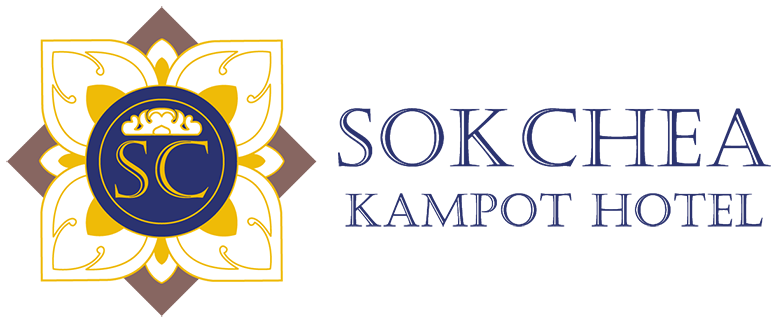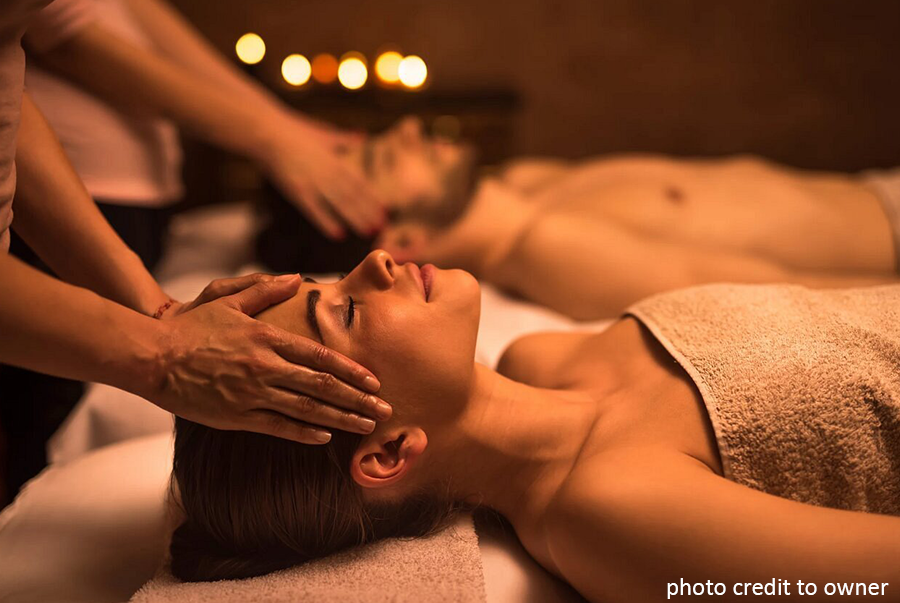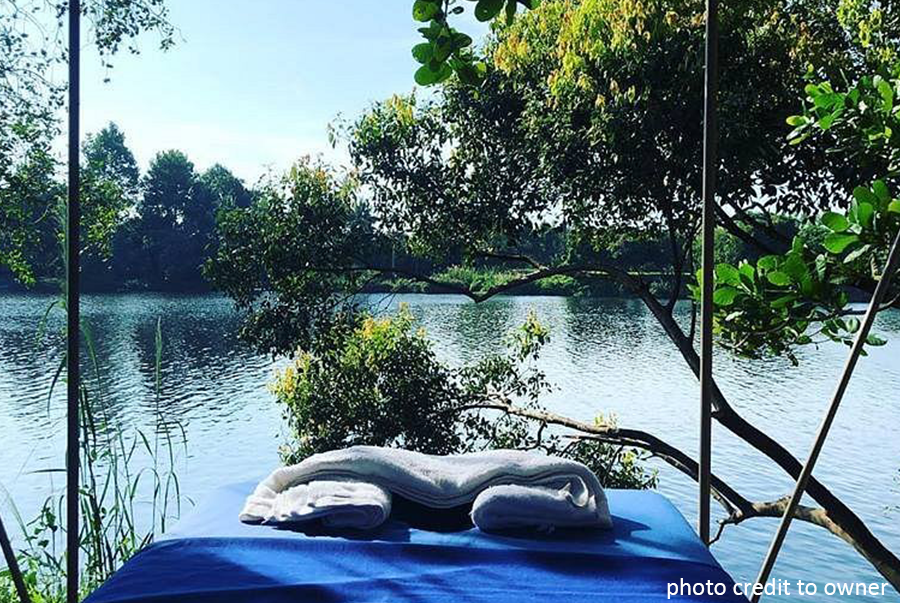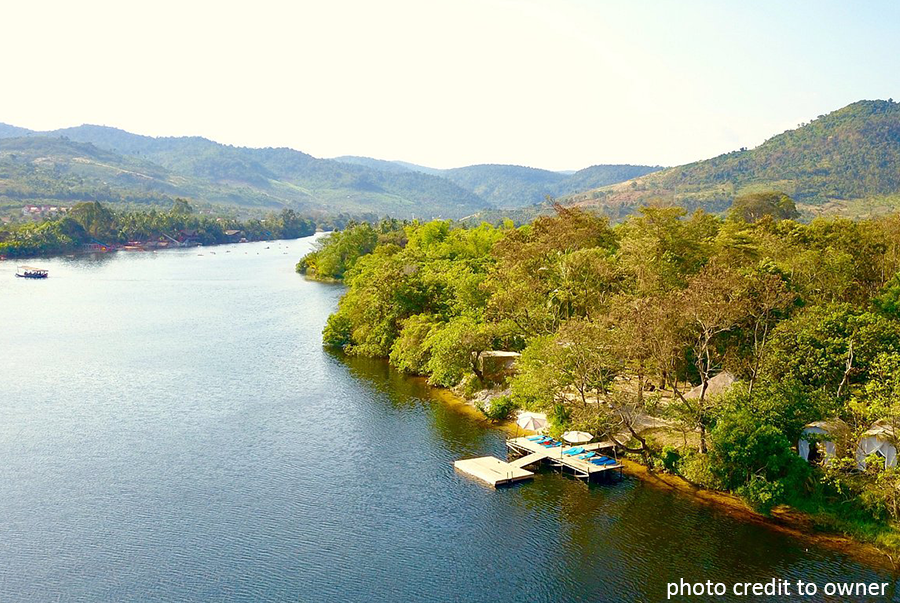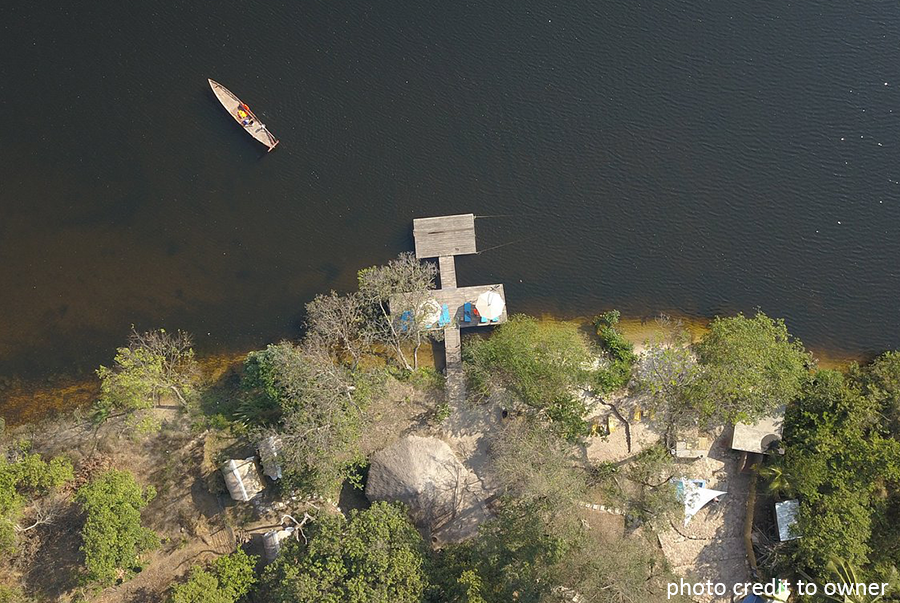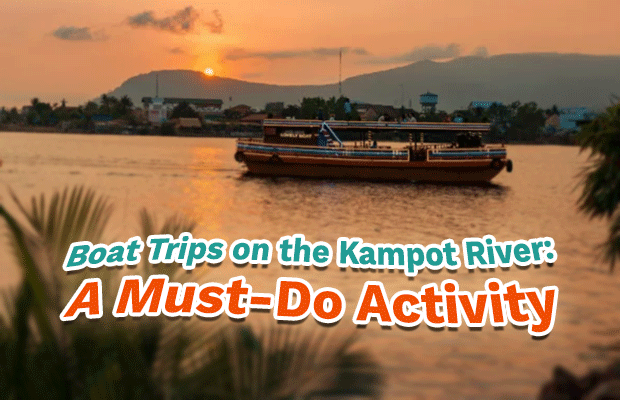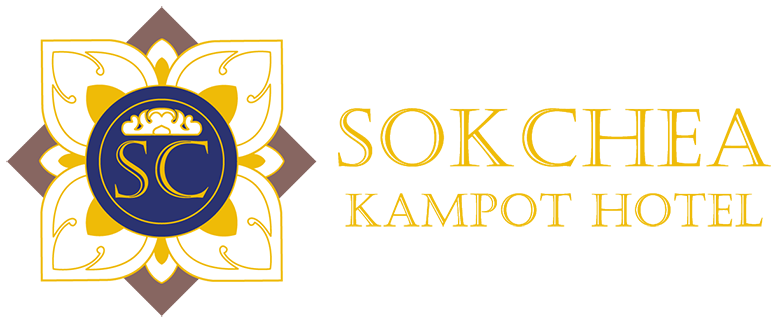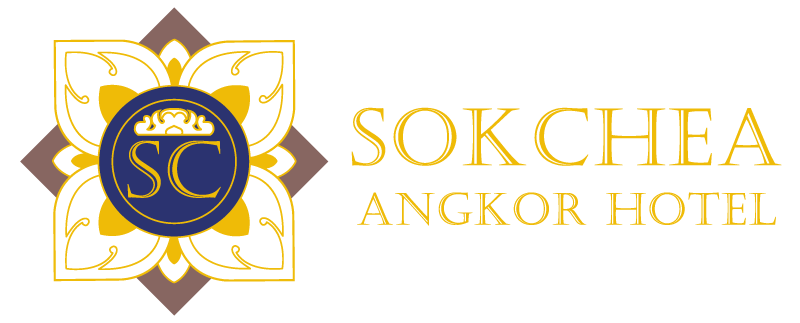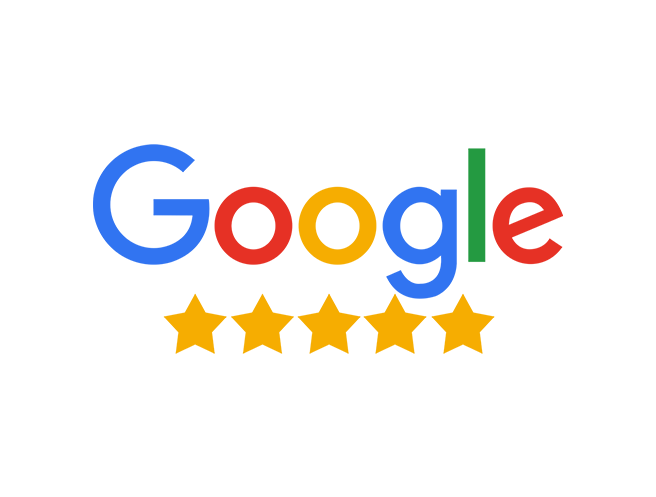Tucked away in southern Cambodia, Kampot is a charming riverside town that captivates visitors with its blend of colonial-era architecture, tranquil natural surroundings, rich culture, and laid-back lifestyle. Whether you’re seeking relaxation, adventure, or a mix of both, Kampot offers something for every traveler. Before packing your bags, it’s essential to know what to expect, how to get there, what to do, and how to make the most of your visit to this peaceful destination.
Getting There
Kampot is located approximately 150 kilometers southwest of Phnom Penh, Cambodia’s capital. The journey by road takes about 3 to 4 hours depending on traffic. The most common ways to reach Kampot include bus services, private taxis, or minivans. Several transportation companies like Giant Ibis, Virak Buntham, and Kampot Express offer daily departures from Phnom Penh, Sihanoukville, and Kep. For those arriving internationally, the nearest airport is Phnom Penh International Airport (PNH), followed by a scenic road journey to Kampot.
When to Visit
The best time to visit Kampot is during the dry season, which typically spans from November to April. This period offers pleasant weather with clear skies, ideal for sightseeing and outdoor activities. The rainy season, from May to October, can also be rewarding if you enjoy lush green landscapes, fewer tourists, and don’t mind occasional showers. Be mindful of potential flooding during heavy rains, particularly if exploring rural or riverside areas.
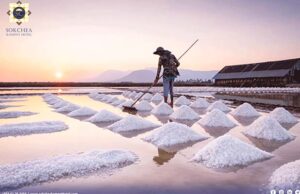
Where to Stay
Kampot offers a wide range of accommodations, from riverside bungalows and boutique guesthouses to modern hotels and eco-lodges. A standout mid-range choice is Sokchea Kampot Hotel, which offers a comfortable stay in a tranquil setting, blending traditional French Colonial architecture with modern amenities. Located conveniently for both exploring the town and relaxing by the mountain and river scenery, it’s ideal for couples, families, and solo travelers alike.
Getting Around
Getting around Kampot is straightforward. The town center is compact and walkable, especially the area near the river. For exploring the countryside or more distant attractions, motorbike rentals and tuk-tuks are widely available. Motorbike rentals start at about $5–7 per day. Bicycles are also a popular choice for a slower-paced exploration. If you’re not comfortable riding, tuk-tuks and taxis can be hired for half-day or full-day tours at reasonable prices.
Things to Do in Kampot
Despite its small-town charm, Kampot offers a wide range of attractions and activities:
-
Bokor Mountain National Park – A must-visit, featuring the haunting ruins of Bokor Hill Station, a historic Catholic church, the iconic statue of Lok Yeay Mao, and dramatic panoramic views over the Gulf of Thailand. The scenic winding road to the top is a highlight for riders.
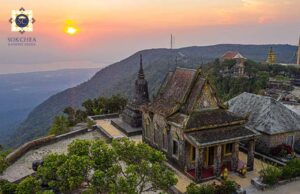
-
Kampot Pepper Farms – Internationally famous for its aromatic pepper, Kampot is home to several farms like La Plantation and Sothy’s Pepper Farm. Visitors can take guided tours to learn about traditional pepper cultivation and taste the different varieties.

-
Kampot River – The river is the town’s heartbeat. Visitors can enjoy kayaking, paddleboarding, ziplining at Lomhae Dong Prek, or relaxing on sunset cruises. Many riverside cafés and lodges provide perfect spots to unwind with stunning views.

Sunset River Cruise in Kampot -
Salt Fields – Kampot’s salt production is a unique industry to observe. Visit during the dry season to see workers harvesting salt in the traditional way across shimmering salt pans.

-
Caves and Countryside – Discover limestone caves like Phnom Chhngok, which houses a 7th-century brick temple inside, or Phnom Sorsia with its “White Elephant Cave.” Surrounding villages and rice paddies offer a serene glimpse into rural Cambodian life.
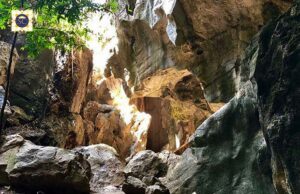
-
Kep and Rabbit Island – A short drive from Kampot, Kep is known for its crab market and quiet beaches. From Kep’s pier, catch a boat to Rabbit Island (Koh Tonsay) for a relaxed beach day or overnight stay in simple bungalows.
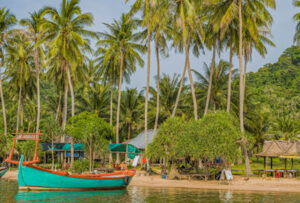
-
Kampot Old Town & Night Market – Stroll the colonial-era streets filled with French-style architecture, quirky shops, art galleries, and riverside cafés. The night market, though small, comes alive with local food, crafts, and music in the evenings.

Food and Drink
Kampot’s culinary scene is diverse and delightful. From classic Khmer dishes like amok (coconut curry fish) and lok lak (marinated beef) to Western favorites, there’s no shortage of flavors. The iconic Kampot pepper crab is a local specialty not to be missed.
Recommended spots include:
-
Epic Arts Café – A social enterprise supporting people with disabilities, offering great food in a welcoming atmosphere.
-
Café Espresso – Popular among expats and travelers for its excellent coffee and hearty breakfasts.
The town also boasts a selection of riverside bars and live music venues, perfect for a laid-back evening. Happy hour deals and open-mic nights are common, especially on weekends.
Culture and Local Etiquette
Kampot locals are known for their warmth and friendliness. Tourism is growing but still modest compared to places like Siem Reap or Phnom Penh. Modest dress is encouraged, especially when visiting temples or rural villages. A few simple Khmer phrases like “Sua s’dei” (hello) and “Aw kun” (thank you) go a long way. Tipping is not mandatory but appreciated for good service.
Currency and Budget
Cambodian Riel (KHR) is the official currency, but US dollars are commonly used. Small denominations are helpful in markets and with tuk-tuks. Kampot is budget-friendly — travelers can get by on $30–50 per day, including meals, transport, and accommodation. Mid-range or luxury stays may cost $60–100+ daily.
Safety and Health
Kampot is generally safe, with low crime rates. Still, use common sense — don’t leave valuables unattended, especially at night. Wear helmets if riding motorbikes and use bottled or filtered water. Local pharmacies can handle minor issues, but for serious medical needs, Phnom Penh offers better facilities. Travel insurance is strongly recommended.
Final Tips
-
Connectivity: Wi-Fi is reliable in most hotels and cafés. For mobile data, local SIM cards from Smart or Metfone are inexpensive and widely available.
-
Electricity: Cambodia uses 230V and plugs of types A, C, and G. Bring a universal adapter if needed.
-
Eco-Friendly Travel: Respect the environment. Reduce single-use plastics, avoid disturbing wildlife, and support local businesses.
